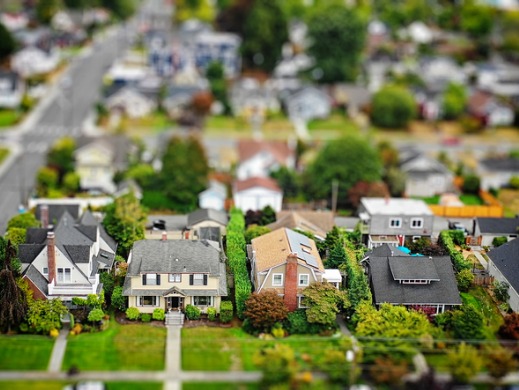It’s October, and along with Pumpkin Spice Lattes, we at Uplight always look forward to is the release of the American Council for an Energy-Efficient Economy (ACEEE) State Energy Efficiency Scorecard. Since 2006 the scorecard has created a healthy competition among utilities, a reference for states to measure progress, and a way to celebrate energy efficiency wins. The 50 point scorecard evaluates states in six areas: utilities, buildings, transportation, state government, combined heat and power, and appliance standards.
This year ACEEE reported that most states and utilities are increasing their commitments to energy efficiency by adopting ambitious goals and rules for buildings, appliances, and vehicles. Despite federal rollbacks in light bulb standards, states continue to adopt more efficient lighting standards. Similarly, states have also adopted California’s vehicle emissions standards. Nevada, New Mexico, Washington, New York, and Maine have joined other state leaders by passing 100% clean energy legislation–all exciting to see as an employee working for a company trying to accelerate the clean energy ecosystem.
While the ACEEE report is invaluable to the industry, it’s important to recognize the limitations of the scorecard. There is no doubt that it’s the only comprehensive view of all policy and programs related to energy efficiency–providing a baseline for additional analyses. But, it is a summary of the past rather than a glimpse into the future of energy efficiency.
Through its methodology and thorough scoring, in each variation of its scorecard ACEEE looks on the past couple of years of improvements by each state. As the most comprehensive view of all components of energy efficiency, the scorecard importantly evolves as programs evolve. However, due to the large data collection effort and its focus on past performance, the rankings tend to be a retrospective picture of the efforts of regulatory and legislative bodies, utilities, and others over the last couple of years. At Uplight, in addition to using these results, we have also been inspired to think about how as a community we can adapt and be more forward looking by establishing leading indicators of change in energy efficiency.
There are 3 case studies that highlight the need for more forward looking indicators.
Ohio
This year Ohio fell in the rankings to #33 due to a law that would focus on saving existing power plants, at the cost of losing energy efficiency and renewable energy standards. The fact is that despite this legislation, Ohio customers like saving money and managing their energy usage. We at Uplight wonder if Ohio’s focus on creatively leveraging the market can create a silver lining, by enabling utilities to integrate efficiency, demand response, other DERs, and innovative rates to create value to both the customer and the grid.
Michigan
Michigan fell two positions from 2018, but ACEEE does not mention that time-of-use (TOU) rates are being adopted across the state. As part of Public Acts 341 and 342 passed in 2016, electric utilities are encouraged to offer time-varying and dynamic rates, which have been shown to promote demand management and energy savings. Consumers Energy is already offering Peak Power Savings Plans, and DTE recently had two time-varying rate pilots approved at the Public Service Commission. By aligning customers rates with grid-level cost, customers have a strong incentive to modify their usage and invest in efficient appliances and smart controls, like advanced thermostats.
New Jersey
In the scorecard the Garden state was praised for its commitment to clean energy goals and its membership in the Regional Greenhouse Gas Initiative. They are committed to the Clean Energy Act of 2018, but a year and a half in, there hasn’t been any execution towards this goal. Additionally, the Governor released an Energy Master Plan in June, and we have specifically suggested quick and thoughtful implementation of integrated EE, DR, and grid modernization programs. It’s imperative that New Jersey and states with similar commitments honor these; otherwise these are empty promises.
ACEEE also cites New Jersey as one of the most improved states, but their electric savings rank of 34 is an all time low in the history of the state scorecard (high of 16th in 2009). The difference for New Jersey continues to be bold and swift execution. Interestingly, ACEEE says in the 2019 scorecard report that for low-performing states that they “have not fully implemented changes to the utility business model that encourages utilities to take full advantage of energy efficiency as a resource, including through decoupling, performance incentives and energy savings targets.” This statement is consistent with a Brattle study commissioned by Uplight that shows energy savings are significantly impacted by the right incentives. New Jersey has the right policies in place (such as legislative authority to implement decoupling and an energy efficiency resource standard), and is well-positioned to be a leader in implementation and fully realize energy savings.
ACEEE continues to be a key partner for Uplight, not only for the scorecard, but also for their continued research and thought leadership around energy efficiency. We look forward to talking to our utility partners about how they can improve their performance for 2020. And importantly, we are also eager to continue the conversation about how we can be more forward looking–something that is necessary to really create a clean energy future.





